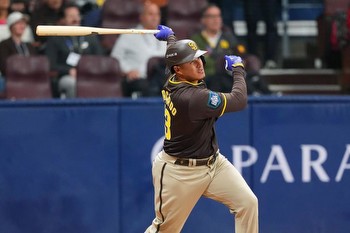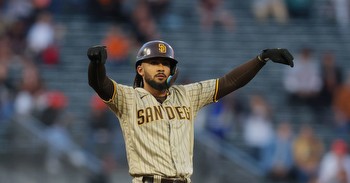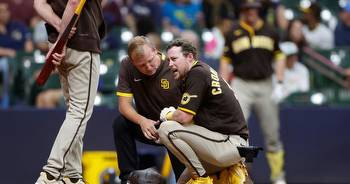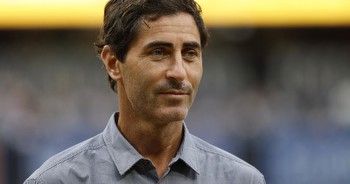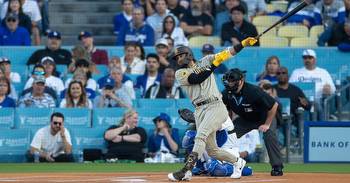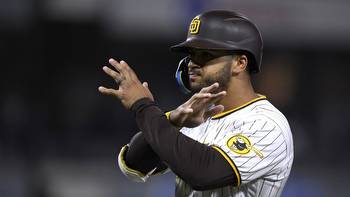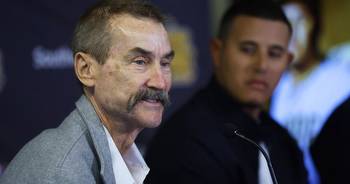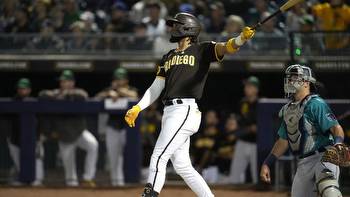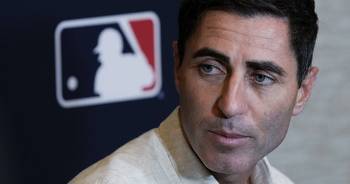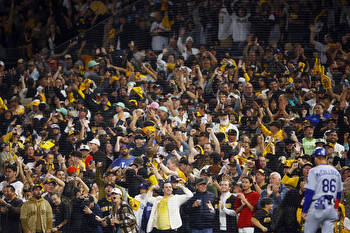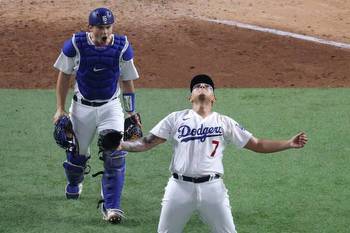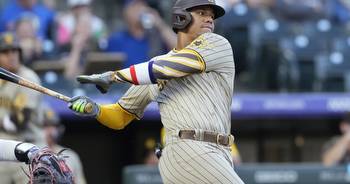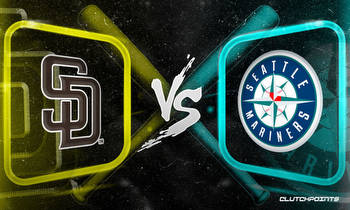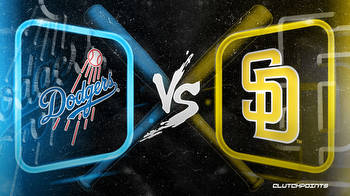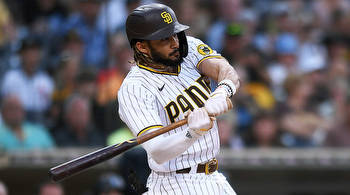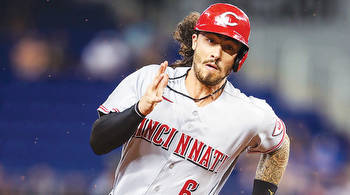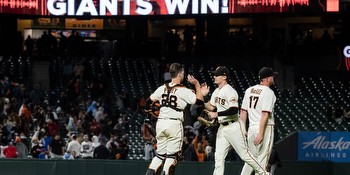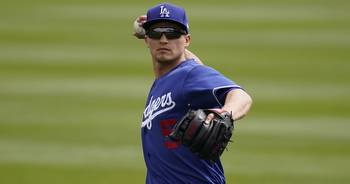Tom Krasovic: Jake Cronenworth has found the whole field, turning around his season
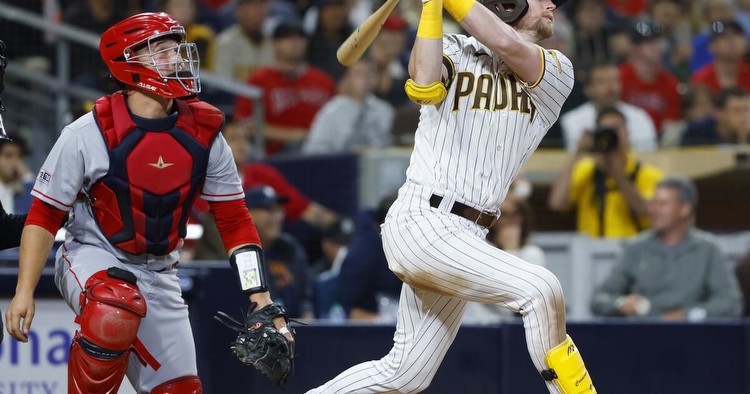
Not a moment too soon, Jake Croneneworth has found the light switch.
“Cro looks like the old Cro,” a scout said Monday.
Basically, an “all-fields hitting” breakthrough like one that turned around Padres teammate Juan Soto’s season a few months ago has untracked Cronenworth, 29.
There’s less pulling off the ball.
We’re seeing fewer uppercuts, too, from the lefty.
“He’s hitting the ball where it’s pitched,” the scout said. “Going to the opposite field. He’s a tough out now.”
Cronenworth’s 10 games before Tuesday’s contest at Seattle showed consistent hard contact to all fields.
A breakthrough swing came Saturday night, Cronenworth lining an opposite-field single off a hot outside fastball from lefty Caleb Ferguson, a good Dodgers reliever.
He was able to wait on the speedy fastball (96.7 miles per hour). That gave him a chance to put a charge into the ball. But it took a concise stroke to line it.
“It takes timing and ability,” said the second scout, a former big leaguer. “He has a lot of talent.”
Cronenworth had only sketchy success with pull-oriented swings and uppercuts.
And those struggles went back to last season, when he was playing his best position — second base — and before the Padres signed him to a seven-year $80-million contract that kicks in next year.
“To hit the outside pitch the other way, it is better to be level through the hitting zone and extend through the hitting zone,” said the second scout.
Maintaining all-fields hitting is a major chore.
Former Padres prospects Sean Burroughs and Mike Darr showed a knack for wacking the outside pitch as minor leaguers. In the big leagues, each lefty saw that skill deteriorate. Looking defeated one day, Darr stood in Wrigley Field’s cramped locker room and lamented that he’d lost control of the outside corner.
Hitting is even tougher now, many scouts say, because of the increased velocity and spin — although pitchers’ control may have suffered.
Cronenworth saw his production plummet, a significant drag on the team’s offense because he batted fifth or sixth and almost never came out of the lineup. Following his shaky first half, he went 6 for 46 (.130) in 13 games out of the All-Star break, dropping his batting average to .206 and his OPS to .652.
In the past 10 games, however, he was 17 for 41 (.415) with six-extra base hits including pulled shots for singles, a home run and a double. Against the Dodgers in the four games, eight of the 13 pitches he put into play met the “hard contact” definition of 95-plus miles per hour. They went to left field, up the middle and right field.
Something wild
On Mother’s Day, I wrote the National League West race was over for the Padres. Pretty cheeky, so soon. The forecast has held up — but it shouldn’t have to this extent, given that injuries clobbered the Dodgers’ rotation and the Padres led the league in run prevention for much of the summer.
So, not much has changed, barring a huge shift in the standings, for the Padres. For a decade-plus, they’ve not been a threat in the West race.
The year 2010 marked the most recent Padres’ finish ahead of L.A. in the West race. They won 90 games with MLB’s lowest payroll at $38.6 million. Their best player was Adrian Gonzalez, who really should have been inducted into the Padres’ Hall of Fame by now.
This year was supposed to be different — Peter Seidler having raised the payroll to $250 million, outspending the Dodgers and every other team outside of New York — but the Padres’ West-title odds dwindled to less than 1 percent, per analytics sites FanGraphs.com and Baseball-Reference.com after Monday’s defeat left them 10 games behind.
So, where does their bleak status in the West leave the Padres? It’s like the scene from “Casablanca” says: “We’ll always have Paris.” For the fourth straight summer, the Padres have the wild card (or the wild card by another name) to pursue.
And, that’s not warm lemonade. Several Padres teams of other eras would’ve loved having one wild card to pursue, much less a second or third one, to spice up the dog days.
The wild card creates hope, which also improves attendance, TV ratings and revenues. And A.J. Preller’s comments about the wild card, following the pandemic-shortened season and expanded postseason in 2020, warrant a revisit.
“The reality is, the Padres are never going to be able to compete financially and roster-wise completely with the Dodgers,” Preller said (the italics are mine). “So what’s your next best option? Let’s do the best we can and if we get there, we can beat them in a seven-game series.”
Preller’s plan worked out last year when the Padres, after finishing 22 games behind the Dodgers in the West race, defeated them in the divisional series, three games to one.
I wrote on Mother’s Day the Padres were too talented not to win a wild card spot. How that looks now: their wild-card odds have dropped to 39 percent and 31 percent, per FanGraphs and Baseball-Reference.
Leading the erratic Padres in the race for the third wild card are the surging Cubs ($189 million payroll), the clever, hitting-challenged Brewers ($125 million, 85.5), the youthful, plummeting Diamondbacks ($122 million), the cratering Marlins ($110 million) and the talented but pitching-challenged Reds ($84 million).
The Padres’ schedule appears the toughest. But the team most capable of denying the Padres the third wild-card berth is ... the Padres.
